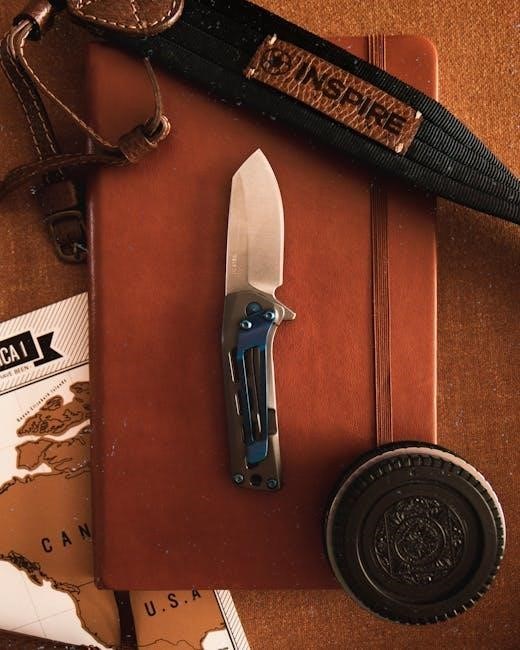
surgical blade sizes and uses pdf
Surgical blades, essential tools since modern surgery’s onset, are used for skin incisions and tissue dissections. Blades come in different sizes, each serving a different purpose in various surgical approaches.
Overview of Surgical Scalpels
A scalpel is a small, extremely sharp bladed instrument used in surgery and other arts and crafts. Scalpels have reusable handles with disposable, replaceable blades designed for tissue cutting.
Scalpel Definition and Importance
A scalpel is an indispensable tool in the realm of surgery, characterized by its exceptionally sharp blade designed for making precise incisions and tissue dissections. Its importance stems from its ability to perform clean and controlled cuts, minimizing tissue damage and promoting optimal healing. Since the onset of modern surgery, the scalpel has remained a cornerstone instrument, essential for a wide range of surgical procedures across various medical specialties.
The precision offered by scalpels allows surgeons to navigate intricate anatomical structures with accuracy, ensuring the success of complex operations. Different blade sizes cater to diverse surgical needs, enabling surgeons to select the most appropriate tool for each specific task. From delicate skin incisions to deeper tissue dissections, the scalpel’s versatility makes it an indispensable asset in the hands of skilled surgeons, contributing significantly to patient outcomes and surgical advancements.
Replaceable vs. Disposable Blades
Surgical scalpels typically come in two primary designs: those with replaceable blades and those that are entirely disposable. Replaceable blade scalpels feature a reusable handle onto which sterile, single-use blades are attached. This system offers cost-effectiveness in the long run, as only the blade needs replacing after each procedure, reducing overall waste. The handles are often made of stainless steel and can be sterilized for repeated use.
Disposable scalpels, on the other hand, consist of a blade permanently attached to a handle, designed for single-use only. These offer convenience and eliminate the risk of cross-contamination associated with reusing handles. While disposable scalpels may seem more expensive initially, their ease of use and guaranteed sterility make them a popular choice in many clinical settings, particularly where infection control is paramount. Both types contribute to safe and effective surgical practices.
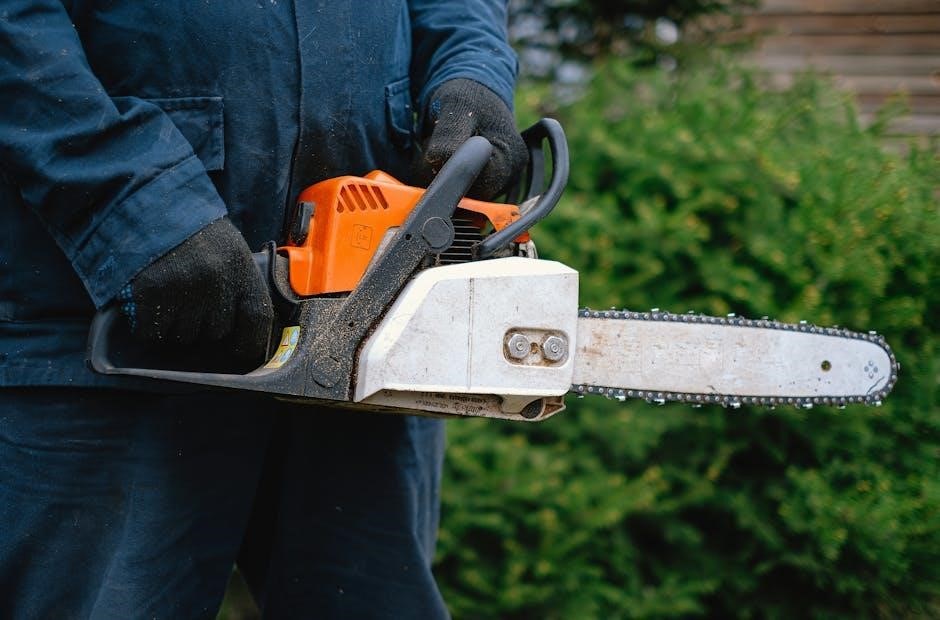
Surgical Blade Numbering System
Surgical blades are identified using a numerical system, where each number corresponds to a specific blade shape and size. This numbering system ensures that surgeons can quickly and accurately select the appropriate blade for a given procedure. The numbers themselves don’t inherently indicate size but represent a standardized classification recognized across the medical field.
Higher numbers generally correspond to larger blades, but it’s not a strict rule. Some numbers, like 10, 11, 15, 22, and 23, are frequently encountered, indicating their widespread use in various surgical specialties. This numerical system simplifies inventory management and facilitates clear communication between surgical team members. Understanding this system allows medical personnel to efficiently prepare for surgical interventions, ensuring the correct instruments are readily available.
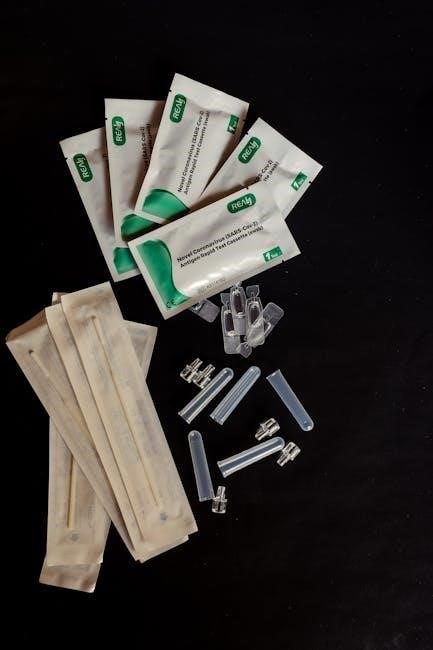
Common Surgical Blade Sizes and Their Uses
Surgical blades come in various sizes and shapes, each possessing unique characteristics suited for specific surgical procedures; These blades are essential for cutting skin and tissue with precision.
Blade Numbers 10, 10A
The surgical blade No. 10 is a versatile blade commonly employed for making skin incisions. Its curved cutting edge allows for controlled and smooth tissue separation during various surgical procedures. The No. 10 blade fits handles 3, 3L, 3 Graduated, 5A, 7, and 9. Its applications range from general surgery to specialized fields.
The 10A blade, is a variant of the standard No. 10 blade, offering similar functionality but with slight variations in the blade’s geometry. These blades are designed for tissue cutting.
Both the No. 10 and 10A blades are essential tools in a surgeon’s toolkit. They are used in a wide array of surgical specialties. These blades are known for their reliability and precision. Their consistent performance makes them trusted choices among surgeons for achieving optimal surgical outcomes.
Blade Number 11
The No. 11 surgical blade is easily identified by its elongated, triangular shape and a sharp, pointed tip. This unique design makes it ideal for stab incisions and precise, controlled cuts in delicate procedures. The blade is designed for puncturing tissue. It fits handles 3, 3L, 3 Graduated, 5A, 7, and 9.
Commonly utilized in procedures such as drain placement, excisions, and creating small incisions for laparoscopic surgery, the No. 11 blade offers unparalleled precision. Surgeons rely on this blade when accuracy and minimal tissue trauma are paramount.
The blade’s sharp tip allows for clean and efficient entry into tissues. This minimizes the risk of tearing or damaging surrounding structures. Its use extends across various specialties, solidifying its place as an indispensable instrument in the operating room for specialized surgical needs.
Blade Number 15 and 15C
The No. 15 blade, a curved blade with a small, rounded cutting edge, is known for its versatility. It attaches to handles 3, 3L, 3 Graduated, 5A, 7, and 9. It is often selected when short, precise, and curved incisions are needed. Due to its size, length and depth, it’s a favorite among surgeons;
The 15C blade is a shorter version of the standard No. 15. It offers enhanced maneuverability in confined spaces. Both blades are ideal for various procedures, including excisions of skin lesions, biopsies, and plastic surgery.
Their curved cutting edge facilitates smooth, controlled movements, reducing the risk of jagged edges or tissue damage. Surgeons frequently employ these blades when finesse and precision are essential for optimal outcomes. The 15 and 15C are both invaluable tools.
Blade Numbers 22, 23, 24
Blade numbers 22, 23, and 24 are larger blades designed for substantial cutting tasks. These blades fit handles 4, 4L, and 6, providing a secure and stable grip for demanding procedures.
The No. 22 blade features a curved cutting edge and is suitable for creating long incisions and excisions. Surgeons often use it in general surgery and orthopedic procedures where extensive tissue manipulation is required.
The No. 23 blade has a pointed tip and a straight cutting edge, making it ideal for precise and deep incisions. It finds applications in laparotomies and exploratory surgeries.
Finally, the No. 24 blade offers a larger cutting surface with a curved edge, facilitating efficient tissue removal. It is commonly employed in autopsy procedures and large mass excisions. Blades 22, 23, and 24 are useful.
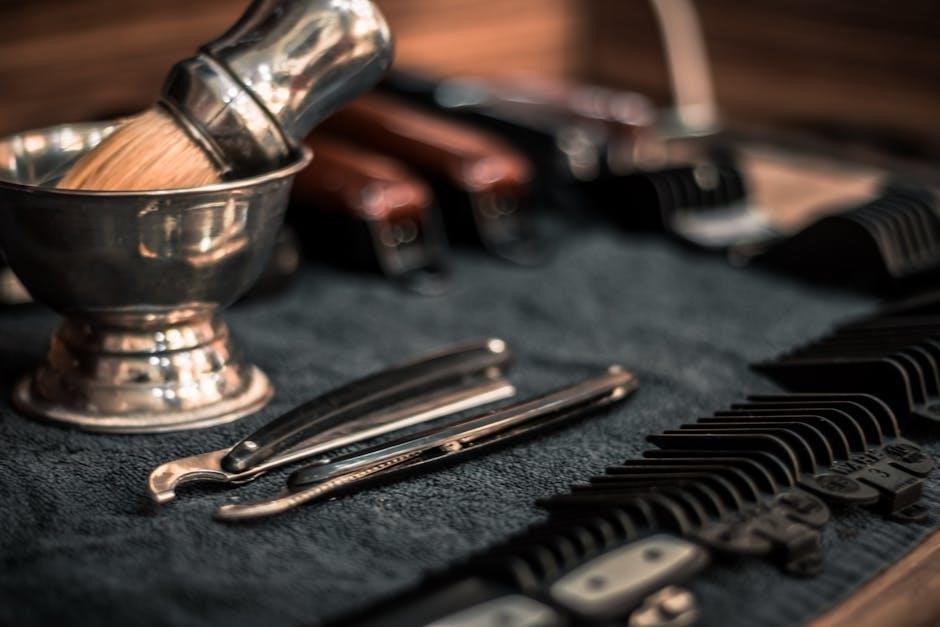
Matching Blades to Handles
Selecting the correct handle size for a surgical blade ensures safety and precision. Handles 3, 5A SM, and 7 SM fit small blades, while handles 4, 4L, and 6 fit larger ones.
Handle Sizes 3, 4, 4L, 5A, 6, and 7
Surgical blade handles are crucial for control and precision during procedures. Handles come in various sizes, each designed to accommodate specific blade types. Handles no. 3, 5A SM, and 7 SM fit small fitment blades, offering maneuverability in delicate surgeries. Larger blades, such as those in the 20-series, are compatible with handle sizes 4, 4L, and 6, providing stability for deeper incisions. The “L” designation in 4L often indicates a longer handle, enhancing reach and leverage. Stainless steel is a common material for handles, with selected sizes available in nickel. Proper matching of blade and handle ensures safe and effective use. Always ensure the blade is securely fitted to the handle before beginning any surgical procedure. Different handle sizes allow surgeons to adapt to varied anatomical depths and tissue densities, optimizing surgical outcomes and minimizing risk.
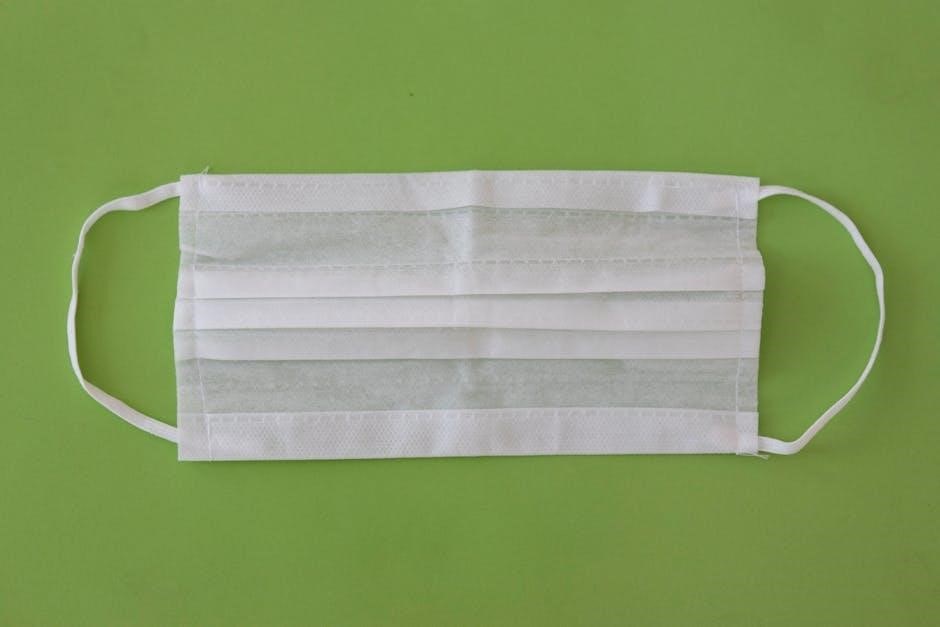
Safe Blade Handling and Disposal
Safe handling and disposal are paramount. The Swann-Morton Blade Remover allows safe, easy removal of all sizes. Proper disposal methods prevent accidental injuries and contamination in surgical settings.
Blade Removers
Blade removers are crucial for safe handling and disposal. The Swann-Morton Blade Remover facilitates the easy and secure removal of surgical blades of all sizes. These devices minimize the risk of sharps injuries during blade removal, a common hazard in surgical settings.
Using a blade remover involves carefully inserting the scalpel into the device, which then safely detaches the blade from the handle. This process encapsulates the sharp edge, preventing accidental cuts or punctures. Blade removers are typically single-use and sterile, ensuring a contamination-free procedure.
The intuitive design of these removers allows for efficient blade management, reducing the time and effort required for disposal. Visible encapsulation of the contaminated sharp provides assurance of proper containment. Proper use of blade removers contributes to a safer working environment for healthcare professionals, minimizing potential exposure to bloodborne pathogens.
Ultimately, blade removers play a vital role in maintaining safety protocols within operating rooms and other medical facilities. Their implementation significantly reduces the risk of injury during the handling and disposal of used surgical blades.
Kleen Blade Management System
The KLEEN Blade Management System (BMS) offers a comprehensive solution for safe surgical blade handling and disposal. Compatible with No.3 and No.4 surgical handles, it’s available in various popular blade sizes. The system features an intuitive lock that prevents forward sheath movement during procedures, enhancing safety.
The BMS allows easy detachment and encapsulates the contaminated sharp, remaining visible for final counts, ensuring responsible disposal. Its sheath fully exposes the surgical blade during use, providing optimal functionality. This system prioritizes safety by minimizing the risk of accidental sharps injuries.
The BMS cartridge design facilitates efficient blade management, streamlining the disposal process. The visible encapsulated blade promotes accountability and reduces the potential for mishandling. By adhering to strict safety protocols, the KLEEN Blade Management System contributes to a safer environment for surgical teams.
Patent protected, it represents an innovative approach to blade control. Overall, the KLEEN system ensures a secure and responsible method for managing surgical blades, from usage to final disposal.